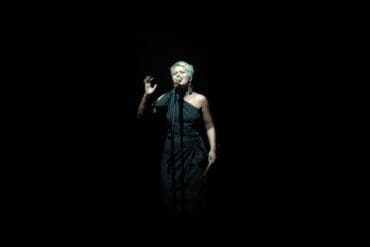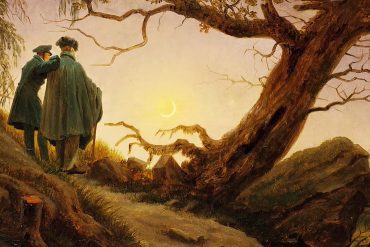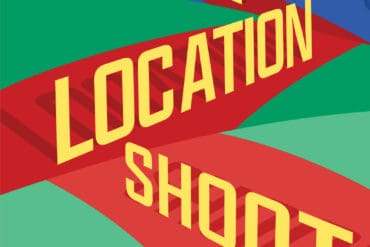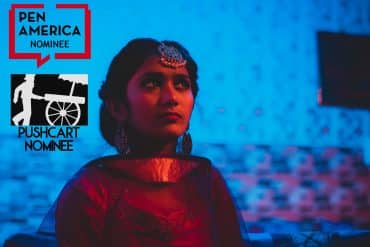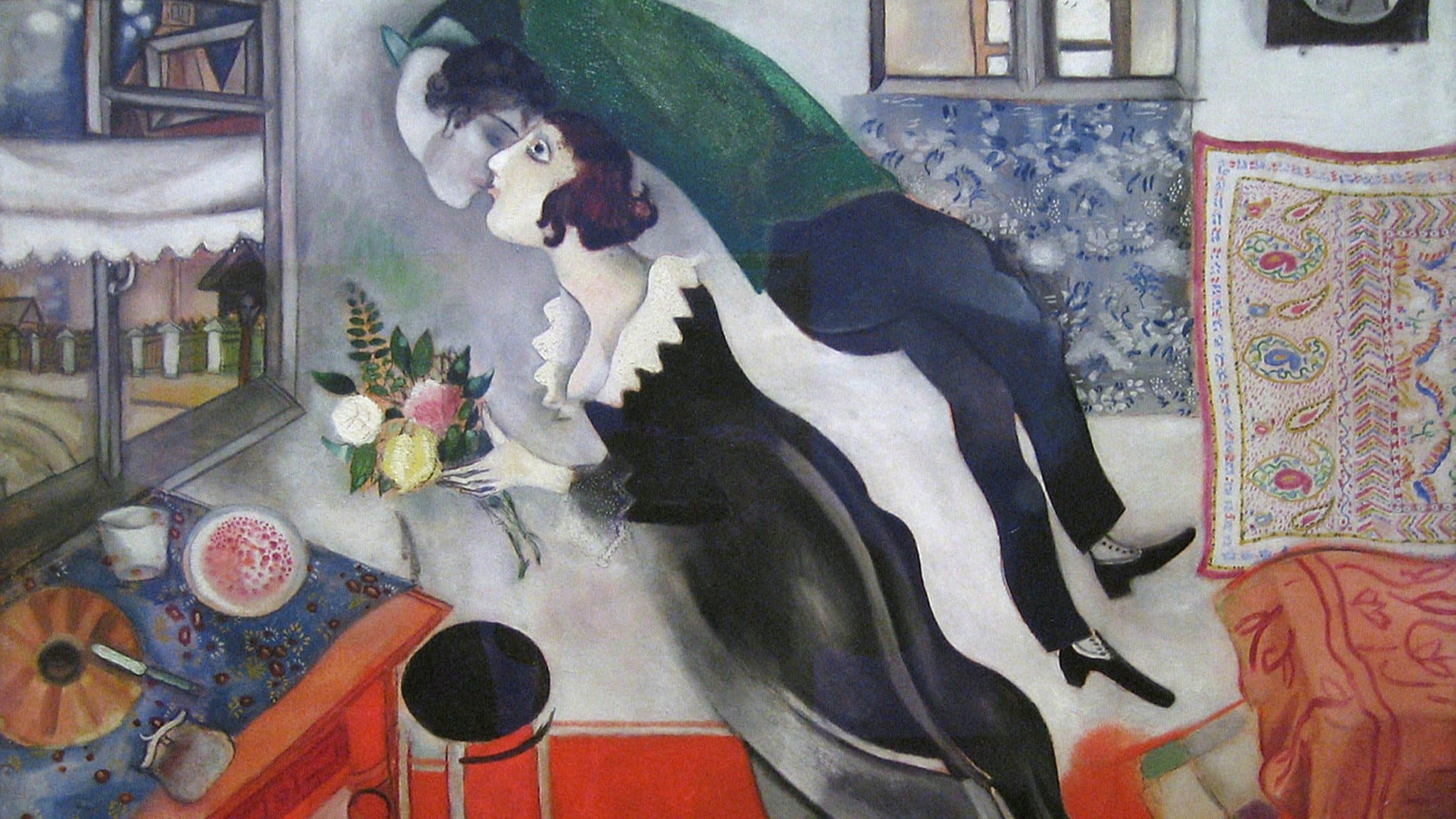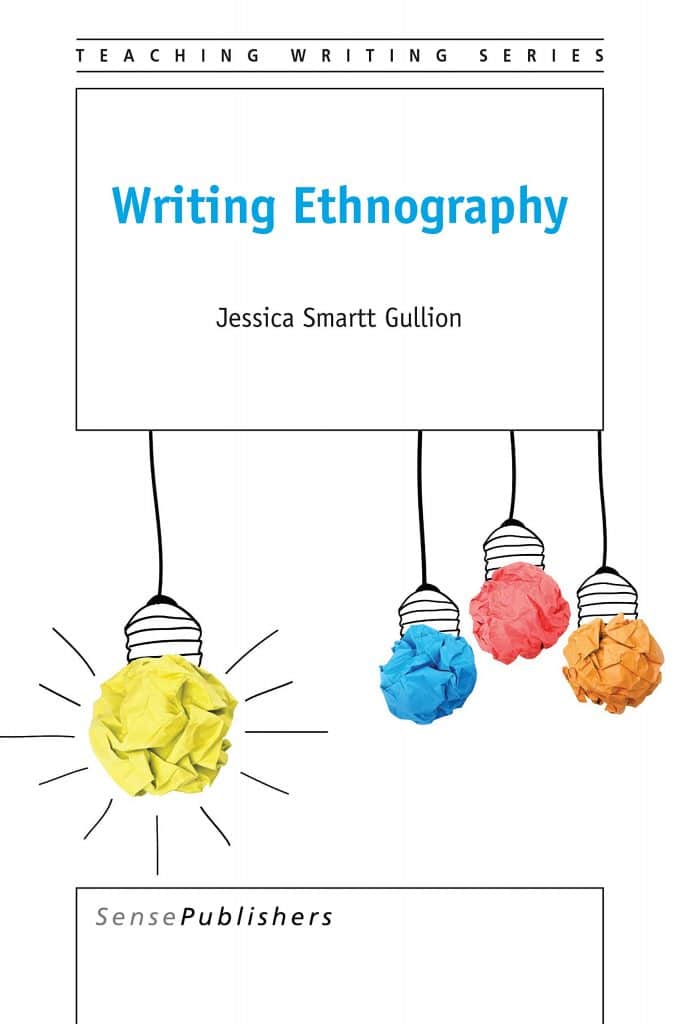Storytelling as Academic Writing: How to Embrace Creative Nonfiction
Just as we transcend disciplinary conventions, autoethnographers transcend writing boundaries. Our work has the potential to reach broader audiences relative to other types of academic writing. We tend to seek a balance between, or perhaps a blurring of, academic and lay worlds. One way to reach broader audiences is to embrace creative nonfiction and use storytelling as academic writing. Creative nonfiction may be defined as using literary techniques to tell a story that is true.
After I suggested this one evening in a research methods class, one of the graduate students in the course told me that she has never written creatively, and that she didn’t think she could write anything other than an ‘academic’ article in an (admittedly boring) dispassionate voice. I should add that this student was also a stand-up comedian. She was one of the funniest people I’ve ever met, and had me practically rolling on the floor laughing at every class session. “But you tell wonderful stories all the time,” I said. “Write in that voice. Write in your story-telling voice.” While she could perform wonderful stories on the stage, she had been so trained to perform in a particular way for her professors that she needed permission to write in her own voice.
We all have a storytelling voice, but as academics we don’t often write with that voice. Certainly, some people’s stories are more interesting than others, but we are all storytellers. While it’s not how we are trained to write when we write academic work, we convey information to other humans daily through storytelling. “Stories are the most fundamental and profound way we have of engaging with our fellow human beings,” DasGupta writes (2014:6). When your friend asks how your day went and you describe a colleague who went ballistic and yelled at the department chair in a faculty meeting, you are telling a story. When you call your mom and tell her about your doctor’s visit, or when you explain the definition of a key term to your students using an example from your own life, you are telling a story.
Jack Hart (2011:5) writes,
“Storytelling has such wide application because, at its root, it serves universal human needs. Story makes sense out of a confusing universe by showing us how one action leads to another. It teaches us how to live by discovering how our fellow human beings overcome the challenges in their lives. And it helps us discover the universals that bind us to everything around us.”
While we may not be used to writing this way as part of our academic work, the practice of storytelling is not as foreign as many academics might at first glance believe. This is particularly the case for autoethnographers. Stories are our data; through writing we honor those stories. When we write creatively, we not only tell the story of what happened, but we also give that story vibrancy and life. It’s ok for us to put to rest that dispassionate boring writing that makes up so much academic discourse, and instead to tell the story of our research.
Creative writing allows us to capture our storytelling voice on paper. Unfortunately, many of us are resistant to using creative writing in our academic work. When academics embrace creative writing styles, we may be asked by our colleagues if our work is science or literature, and be expected to classify our work in one realm or the other (and let’s face it, if you are working in a social sciences department, “science” is more highly respected than “literature”).
But autoethnography is situated at the intersection of science, humanities, and art. The distinction between technical scientific writing and creative literary forms is, and rightly should be, transgressed in ethnographic writing. If you need to push back against criticisms about writing creatively, remember that autoethnographers do use scientific methods to collect and understand our data—methods that are systematic—and we then represent our findings with a variety of literary (and/or artistic) devices. Writing the results of research is called a representation, but should more rightly be viewed as a (re)presentation, we are (re)presenting what happened. And we have a multitude of forms at our disposal to do that (re)presenting in a manner that is the most authentic to our findings and to our participants.
I personally find writing that blends poetic moments with academic ones most appealing. More than border crossings, they are border disruptions, lines of flight into different ways of understanding the subject. The evaluation criteria for this type of work is less about whether or not our work comes across sounding ‘scientific’ and more about whether or not our work illuminates understanding of the subject under study. Do we create new knowledge or new ways of knowing a thing? Does our voice penetrate and contribute to the ongoing conversation about a particular subject? Does our work provoke others to think about our subject differently? Did we act in an ethical, transparent manner, and were we clear about this in our writing? If so, I think we’ve done our due diligence.
Criticisms of autoethnographic writing—particularly of more experimental forms—such as, ‘is this scholarly?’ or worse, ‘is this research?’ are tired misunderstandings of qualitative inquiry (or perhaps obstinate inabilities to attempt to understand decades of scholarship that addresses these questions). Nonetheless, there is a possibility that such questions will be lobbed at you when you present your work to colleagues less familiar with this type of work, and you should be prepared to answer them.
Try this: While we use literary and artistic devices to represent our work, it is scholarly, in that we “place the real life story within a larger social, political, or institutional issue or research question” (Goodall 2008:34). Teasing out the embeddedness of the story within a larger milieu, with all the accompanying implications: this is what scholars do. This type of work is research in that we utilize a variety of accepted methodologies and theoretical orientations to know the world. We find stories within stories, events in intersections, and the telling of these stories adds to the ongoing scholarly conversation (and sometimes sparks new ones). While it can be frustrating to have to defend your work in this manner, it is a reality that academics are constantly judged as scholars (this is, of course, not limited to autoethnographers, but is the case throughout academia).
Portions of this essay come from Writing Ethnography, Second Edition (2022), by Jessica Smartt Gullion.
REFERENCES
Hart, J. (2011). Storycraft. USA: Univ Chicago Press.
Featured image by Marc Chagall, “The Birthday”;
The AutoEthnographer may earn affiliate commissions for purchases of products on this page


